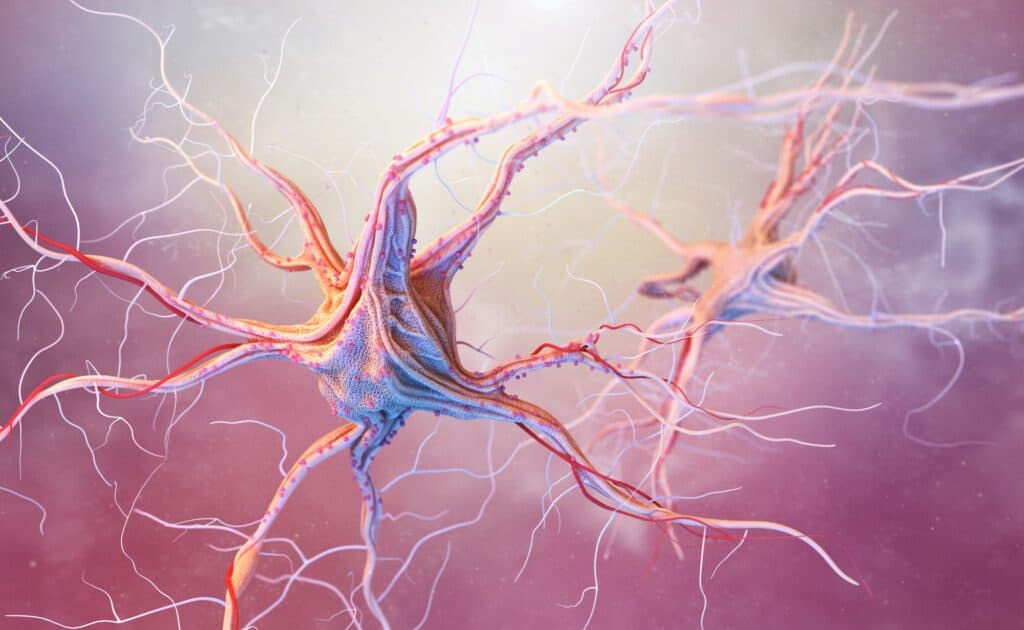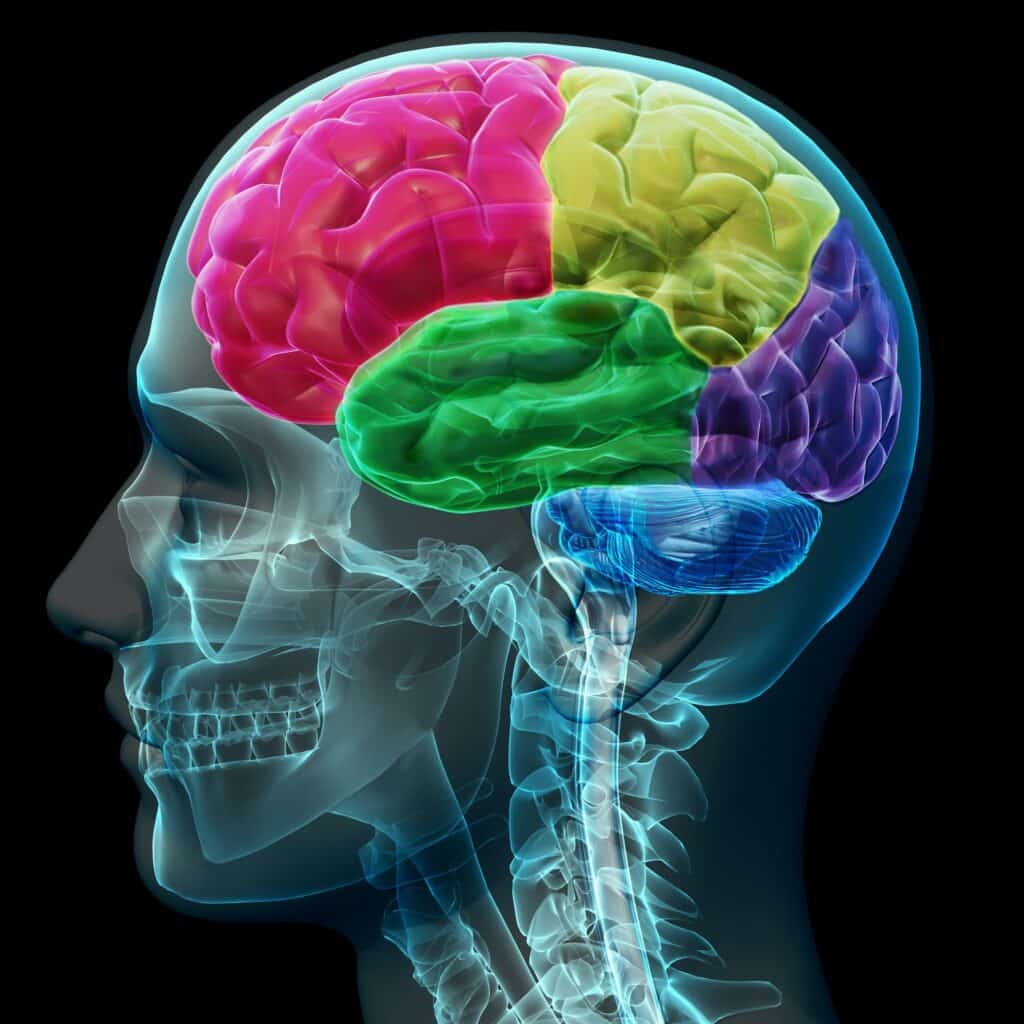Enhancing our cognitive abilities is a quest that has captivated humanity for centuries. In recent years, researchers have delved deep into the mechanisms behind the brain’s remarkable adaptability, uncovering the concept of neuroplasticity enhancement. This phenomenon holds the key to unlocking our brain’s full potential and achieving cognitive excellence. Join us on a journey as we explore the fascinating world of neuroplasticity enhancement and its profound implications for personal growth and cognitive prowess.
Understanding Neuroplasticity: A Primer
Neuroplasticity refers to the brain’s incredible ability to reorganize itself by forming new neural connections throughout life. This foundational concept in neuroscience challenges the traditional view of the brain as a static organ. Understanding neuroplasticity is pivotal as it sheds light on how our brains adapt to experiences, learn new skills, and recover from injuries.
This primer explores the fundamental principles of neuroplasticity, including synaptic pruning, Hebbian plasticity, and experience-dependent plasticity. Delving into the mechanisms behind neuroplasticity provides a solid framework for comprehending its implications in various aspects of life, from learning and memory to rehabilitation and personal growth.
The Fascinating Science Behind Brain Adaptability
At the core of our brain’s remarkable adaptability lies the intricate dance of neurons, synapses, and neurotransmitters. This heading delves into the captivating science behind how the brain adapts to changes in its environment, experiences, and demands. From the molecular level to the macroscopic organization of neural networks, researchers unravel the mechanisms driving neuroplasticity. This exploration encompasses phenomena like long-term potentiation, dendritic spine dynamics, and neurogenesis, shedding light on the complex interplay of cellular processes that underpin brain adaptability. Understanding the science behind brain adaptability not only enriches our appreciation for the brain’s complexity but also holds promise for novel interventions to enhance cognitive function and treat neurological disorders.

Unveiling Neuroplasticity Enhancement Techniques
Neuroplasticity enhancement techniques offer a pathway to unlock the brain’s potential for growth and resilience. This heading uncovers the diverse array of strategies and interventions aimed at harnessing neuroplasticity to optimize cognitive function and promote brain health. From cognitive training exercises and brain stimulation techniques to mindfulness practices and enriched environments, a myriad of approaches exist to modulate neuroplasticity. By unveiling these techniques, individuals can empower themselves to take proactive steps in enhancing their cognitive abilities and mitigating the effects of aging or neurological conditions.
Harnessing Neuroplasticity for Cognitive Growth
Harnessing neuroplasticity for cognitive growth involves leveraging the brain’s innate capacity for change and adaptation to foster learning, skill acquisition, and mental agility. This heading explores how deliberate practice, learning strategies, and environmental enrichment can promote neuroplasticity and facilitate cognitive development across the lifespan. By understanding the factors that influence neuroplasticity, individuals can tailor their activities and experiences to maximize learning outcomes and optimize brain function.
Exploring the Brain’s Remarkable Flexibility
The brain’s remarkable flexibility allows it to adapt and reorganize in response to new challenges, experiences, and environments. This heading delves into the dynamic nature of neuroplasticity, highlighting its role in shaping behavior, cognition, and perception.
By exploring case studies, research findings, and real-world applications, we uncover the incredible adaptability of the human brain and its implications for education, rehabilitation, and personal growth.
The Role of Neuroplasticity in Cognitive Excellence
Neuroplasticity plays a central role in the pursuit of cognitive excellence, enabling individuals to continually refine their skills, expand their knowledge, and adapt to ever-changing circumstances. This heading examines how neuroplasticity underpins expertise development, creativity, and peak performance in various domains, from music and sports to academic and professional pursuits.
By understanding the mechanisms that drive neuroplasticity, individuals can cultivate habits and mindsets that promote optimal brain function and unlock their full cognitive potential.
Neuroplasticity Enhancement: Breaking Down Barriers
Neuroplasticity enhancement holds the promise of breaking down barriers to learning, recovery, and personal transformation. This heading explores how interventions such as neurofeedback, neurostimulation, and neuropharmacology can modulate brain plasticity and facilitate recovery from neurological injuries or disorders.
By overcoming the limitations imposed by injury, disease, or developmental conditions, neuroplasticity enhancement empowers individuals to reclaim lost abilities, regain independence, and pursue their goals with renewed vigor.
Neuroplasticity and Personal Development: A Dynamic Duo
Neuroplasticity and personal development are intertwined in a symbiotic relationship, with each influencing the other in profound ways. This heading explores how experiences, habits, and mindset shifts can shape brain structure and function, leading to enduring changes in behavior and cognition.
By embracing lifelong learning, resilience-building practices, and intentional growth strategies, individuals can harness the power of neuroplasticity to cultivate their strengths, overcome challenges, and lead more fulfilling lives.
Strategies for Cultivating Neuroplasticity
Cultivating neuroplasticity involves adopting habits, engaging in activities, and seeking experiences that promote brain adaptability and resilience. This heading examines evidence-based strategies for enhancing neuroplasticity, including physical exercise, mental stimulation, social interaction, and stress management techniques. By incorporating these strategies into daily life, individuals can foster a brain-friendly environment conducive to learning, creativity, and well-being.
From Theory to Practice: Implementing Neuroplasticity Enhancement
Transitioning from theoretical understanding to practical application, this heading explores how individuals can implement neuroplasticity enhancement techniques in their everyday lives. From setting clear goals and creating structured learning environments to seeking expert guidance and monitoring progress, effective implementation requires intentionality, consistency, and adaptability. By embracing a growth mindset and embracing experimentation, individuals can unlock their brain’s potential for change and embark on a journey of continuous improvement.
The Power of Neuroplasticity: Transforming Minds
The transformative power of neuroplasticity lies in its ability to reshape minds, redefine possibilities, and facilitate personal growth and transformation. This heading delves into the stories of individuals who have harnessed neuroplasticity to overcome adversity, recover from injury, and achieve remarkable feats of cognitive and emotional resilience. By highlighting the human capacity for change and adaptation, we celebrate the profound impact of neuroplasticity on shaping the trajectory of our lives.
Neuroplasticity Enhancement in Education and Learning
In the realm of education and learning, neuroplasticity enhancement offers promising avenues for optimizing teaching methods, curriculum design, and educational interventions. This heading explores how educators can leverage neuroplasticity principles to create enriched learning environments, tailor instruction to individual needs, and promote deep, lasting learning.
By embracing neurodiversity and accommodating diverse learning styles, educational institutions can cultivate a culture of inclusivity and empower students to reach their full academic potential.
Neuroplasticity and Aging: Maintaining Cognitive Vitality
Aging is often accompanied by changes in brain structure and function, but neuroplasticity offers hope for maintaining cognitive vitality and preserving mental acuity in later life. This heading examines how lifestyle factors, cognitive training programs, and neuroprotective interventions can promote healthy brain aging and reduce the risk of age-related cognitive decline and dementia.
By adopting a proactive approach to brain health and prioritizing activities that promote neuroplasticity, individuals can enjoy a higher quality of life and remain mentally sharp as they age.
Neuroplasticity Enhancement: A Gateway to Peak Performance
Neuroplasticity enhancement opens doors to peak performance across diverse fields, offering a transformative pathway to excellence. Deliberate practice, a cornerstone of neuroplasticity enhancement, involves focused, systematic efforts aimed at skill refinement and mastery. Feedback loops provide invaluable insights for improvement, guiding individuals toward more effective strategies and techniques.
Mental rehearsal, another powerful tool, primes the brain for success by vividly envisioning desired outcomes and reinforcing neural pathways associated with optimal performance. By embracing these principles and committing to continuous growth, individuals can elevate their performance to unprecedented heights, realizing their full potential and surpassing previous limitations.
Overcoming Limiting Beliefs Through Neuroplasticity
Overcoming limiting beliefs through neuroplasticity involves a multifaceted approach that targets the root causes of negative thought patterns. Mindset shifts enable individuals to recognize and challenge their ingrained beliefs, fostering a more positive outlook on their abilities and potential. Cognitive restructuring techniques involve reframing distorted thinking patterns, replacing them with more rational and constructive perspectives.
Exposure therapy gradually exposes individuals to feared situations, helping to desensitize them and build resilience against anxiety or avoidance behaviors. Through consistent practice and self-reflection, individuals can gradually rewire their brains, cultivating a mindset characterized by self-confidence, courage, and growth.
The Future of Neuroplasticity Research: Implications and Possibilities
As our understanding of neuroplasticity continues to evolve, so too do the possibilities for future research and innovation in neuroscience and brain health. This heading examines emerging trends, technologies, and methodologies shaping the future of neuroplasticity research, from advanced neuroimaging techniques and computational modeling to personalized interventions and neuroengineering approaches.
By pushing the boundaries of knowledge and innovation, researchers hold the potential to unlock new insights into brain function, develop novel therapies for neurological disorders, and empower individuals to thrive in an ever-changing world.
Neuroplasticity enhancement stands as a beacon illuminating the path to cognitive excellence. As you embark on your journey to unlock your brain’s full potential, remember that ActiveMed Integrative Health Center is here to support you every step of the way. Our holistic approach to health and wellness integrates ancient wisdom with modern technologies, offering natural and effective therapies to nurture your mind, body, and spirit.
To learn more about how neuroplasticity enhancement can transform your life, contact us today at 858-673-4400 or email us at info@activemedhealth.com. Take charge of your cognitive health and embrace a brighter, more vibrant future with ActiveMed Integrative Health Center.




